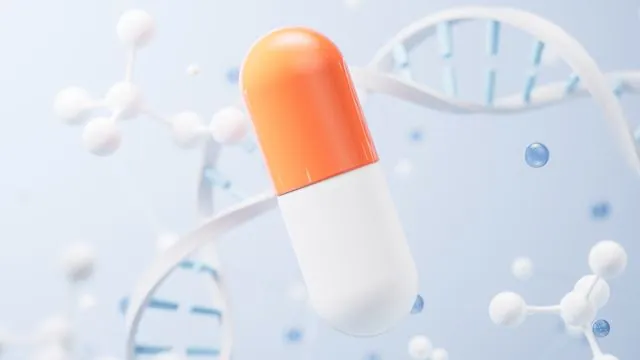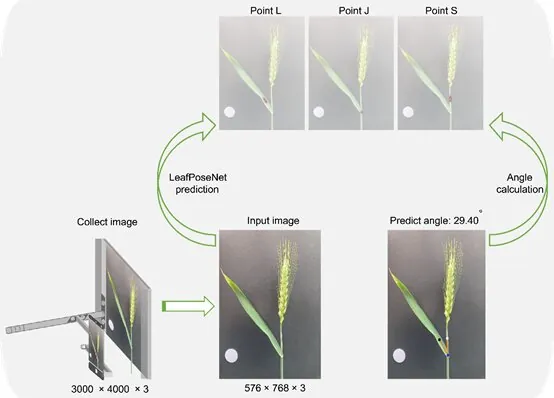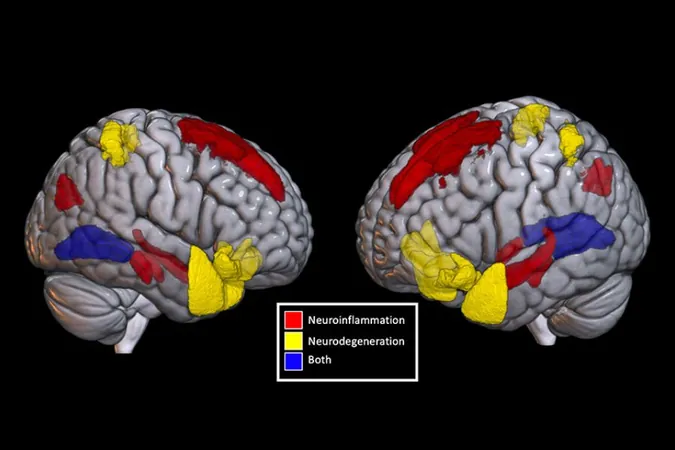
Revolutionary Synthetic Cells: The Future of Targeted Drug Delivery
2025-09-04
Author: Benjamin
A New Era in Medicine: Targeting with Precision
Imagine a world where cancer treatments are delivered exactly where they're needed, minimizing side effects and maximizing efficacy. A groundbreaking technique recently published in *Nature Chemistry* introduces synthetic cells that could transform how we approach drug delivery for cancers and bacterial infections.
What Are Synthetic Cells?
Synthetic cells are artfully designed non-living replicas of real human cells, featuring a fatty membrane that acts as a sac, housing vital chemical or biological components like DNA. Depending on the DNA's configuration, these cells can create any protein required for therapeutic purposes.
Overcoming Challenges in Drug Delivery
Historically, the functionality of synthetic cells has been hindered by a lack of control once they enter the human body. Previous attempts involved light stimulation, but this method fell short, as light cannot penetrate deep into the skin. Now, researchers are pushing boundaries with a new approach.
The Innovative Magnetic Technique
In this exciting development, scientists attached DNA to minute iron oxide nanoparticles and encapsulated these in a dual-layer lipid membrane, mirroring the structure of natural cells. By applying an alternating magnetic field, the nanoparticles generate localized heat, activating the DNA inside the synthetic cells to produce proteins. Remarkably, these proteins were engineered to emit a green glow, allowing researchers to measure their production and facilitate the controlled release of model drug molecules.
Swap Out the Drugs: A Game Changer
The real beauty of this innovation? The capability to easily replace the model drug with potent cancer- or bacteria-targeting molecules, ensuring precise delivery right to the problem area, effectively reducing side effects.
Testing Robustness in Real Scenarios
Excitingly, this innovative technique proved effective even when the synthetic cells were housed within a black tube, designed to simulate the dense tissues of living organisms. Dr. Michael Booth, a senior author at UCL’s Department of Chemistry, emphasizes the potential of these synthetic cells to revolutionize treatments in the living body.
Customization and Future Applications
What sets these synthetic cells apart is their adaptability. Future possibilities include engineering them to release therapeutic agents upon detecting tumors or infections. Such a targeted methodology could greatly enhance patient safety by allowing clinicians to utilize smaller, more effective doses.
Advancements in DNA Attachment Techniques
To further refine this innovation, researchers engaged in 'click chemistry' to bind DNA to the magnetic nanoparticles securely. Previous challenges related to loose DNA strands were addressed by embedding the nanoparticles in a gel and applying an electric field, which significantly reduced 'leaky' DNA by an impressive 90%.
Harnessing Safe Technology
Crucially, both the heating and magnetic field strengths employed are considered safe for human use. This localized heating of nanoparticles is already a technique used in treating glioblastomas—an aggressive brain cancer—pioneered by notable experts.
The Road Ahead: Clinical Applications
Ellen Parkes, a PhD student leading this study, underscores that their findings open the door for repurposing already approved therapies. With a versatile system like this, the potential for developing drugs that target various cancers is immense. Further research is underway to assess these synthetic cells in cancer models.
Conclusion: A Promising Future
The dawn of synthetic cell technology heralds a new chapter in medical treatment. With further exploration and clinical trials, this method could redefine how we combat formidable ailments, ultimately shifting the landscape of targeted therapy into a realm of precision and safety.









 Brasil (PT)
Brasil (PT)
 Canada (EN)
Canada (EN)
 Chile (ES)
Chile (ES)
 Česko (CS)
Česko (CS)
 대한민국 (KO)
대한민국 (KO)
 España (ES)
España (ES)
 France (FR)
France (FR)
 Hong Kong (EN)
Hong Kong (EN)
 Italia (IT)
Italia (IT)
 日本 (JA)
日本 (JA)
 Magyarország (HU)
Magyarország (HU)
 Norge (NO)
Norge (NO)
 Polska (PL)
Polska (PL)
 Schweiz (DE)
Schweiz (DE)
 Singapore (EN)
Singapore (EN)
 Sverige (SV)
Sverige (SV)
 Suomi (FI)
Suomi (FI)
 Türkiye (TR)
Türkiye (TR)
 الإمارات العربية المتحدة (AR)
الإمارات العربية المتحدة (AR)